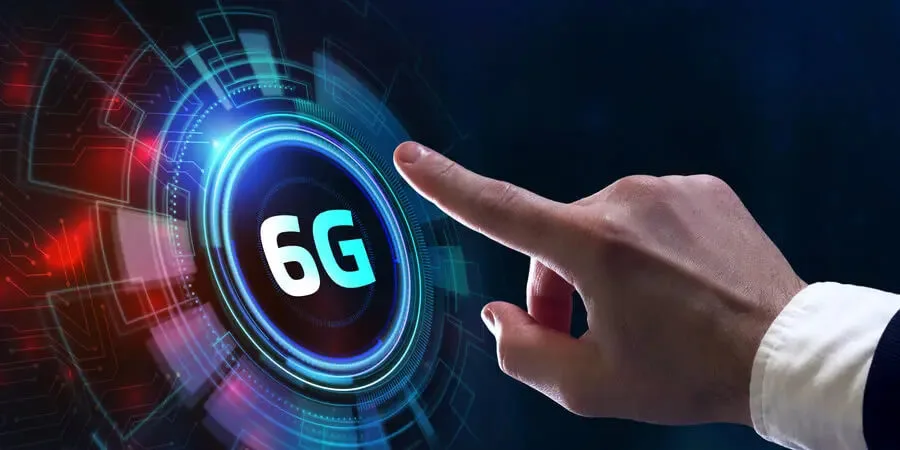A Japanese group has unveiled the world’s first high-speed 6G prototype test device, a significant step forward for mobile network technology.
There will be much faster data transfer rates, and people can connect in new ways. What we know about this fantastic new 6G gadget so far is broken down below:
Read also: MTN Unveils Meetings+ Platform as It Aims for TechCo Status by 2025
New levels of speed and range
The prototype is speedy, with a data transfer rate of 100 gigabits per second (Gbps). This 6G speed is 20 times faster than 5G technology, the current gold standard. In the real world, 5G speeds are usually around 200 megabits per second (Mbps), but this sample shows how powerful 6G could be.
The tests, which were done on April 11, 2024, showed that the device could reach these speeds over lengths of more than 100 metres (300 feet). Even though this range doesn’t cover much land, 6G could provide fast internet connections even farther away.
The top Japanese telecommunications companies DOCOMO, NTT Corporation, NEC Corporation, and Fujitsu collaborated to make this 6G prototype successful. These big names in the business world have joined forces to push the limits of mobile network technology.
Interestingly, the 6G prototype’s impressive speeds come from using two different frequency bands. It works with the 100 gigahertz (GHz) band for indoor use.
This high-frequency band has fast speeds, but signals can’t easily pass through walls and other barriers. The 6G device changes to the 300 GHz band when used outside. Although it has slightly slower speeds than the 100 GHz band, it sends signals farther outside. Thanks to its dual-frequency designs, the prototype can offer high speeds in various settings.
What’s next: What are the challenges and chances?
It’s important to remember that the prototype is still in its early stages, even though it’s a big step forward. There are still problems to solve before 6G technology can be widely used.
Some of the biggest problems that need to be solved are standardising protocols, ensuring network equipment is up to par, and dealing with the complexity of higher frequency bands.
Read also: MTN MoMo, SA become first non-banking player to offer PayShap
But there is no denying that 6G has a lot of promise. It offers revolutionary uses that go beyond just faster uploads and downloads. Some things that could happen in the future are real-time holographic contact, immersive virtual and augmented reality experiences, and very reliable automation in many fields.
Putting together this prototype gadget by a group of Japanese companies is an essential first step towards making 6G work as it could. As technology improves and these problems are fixed, 6G could change how people communicate, have fun, and do many other things worldwide.




